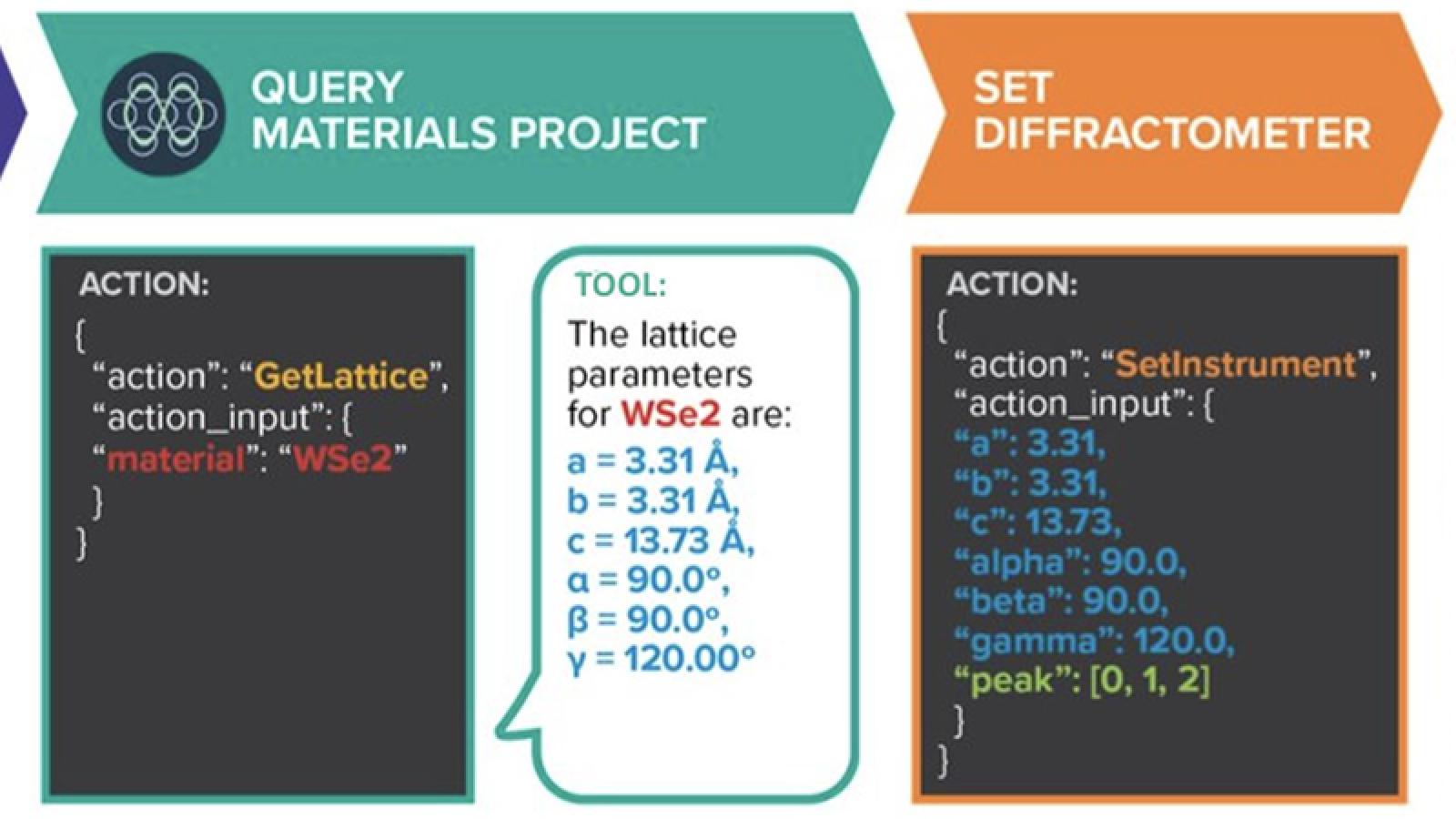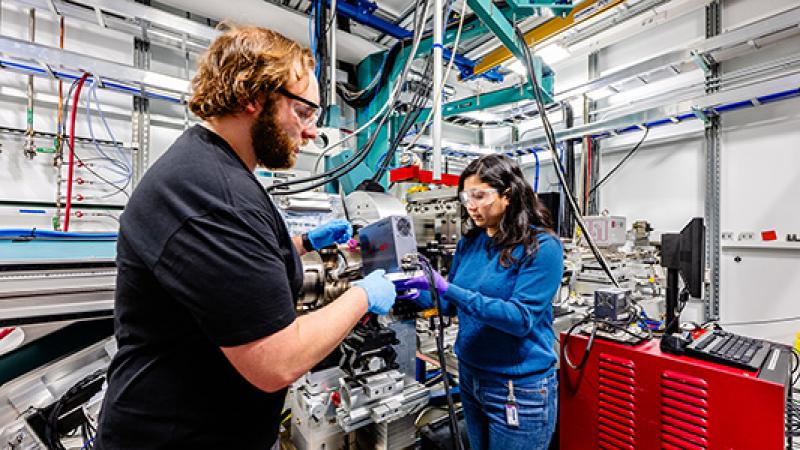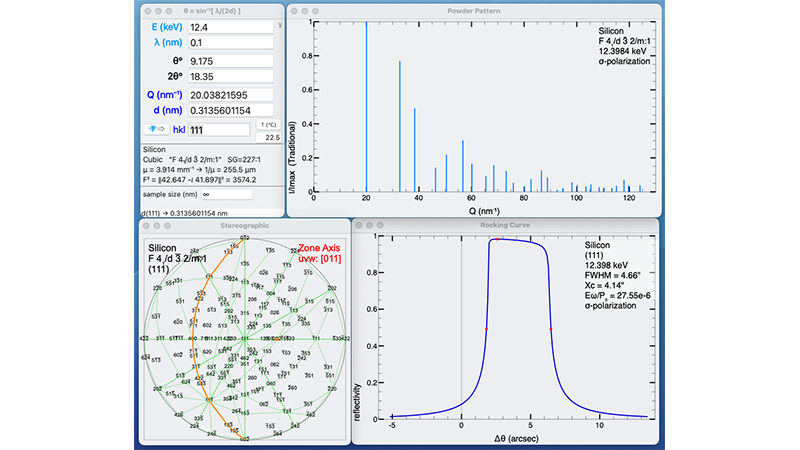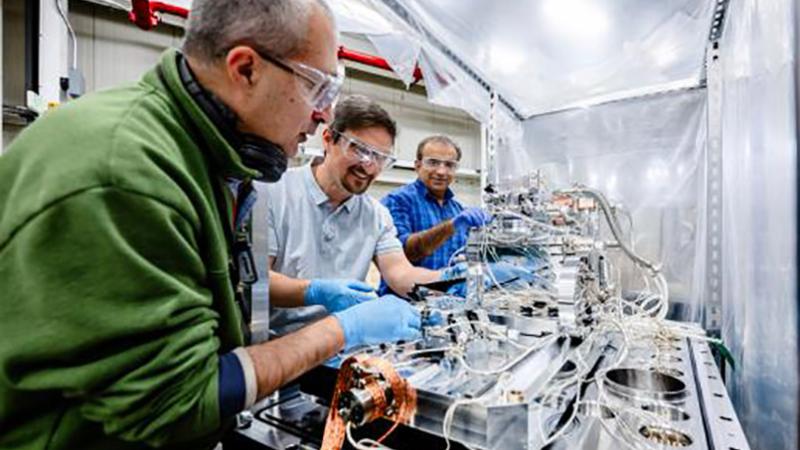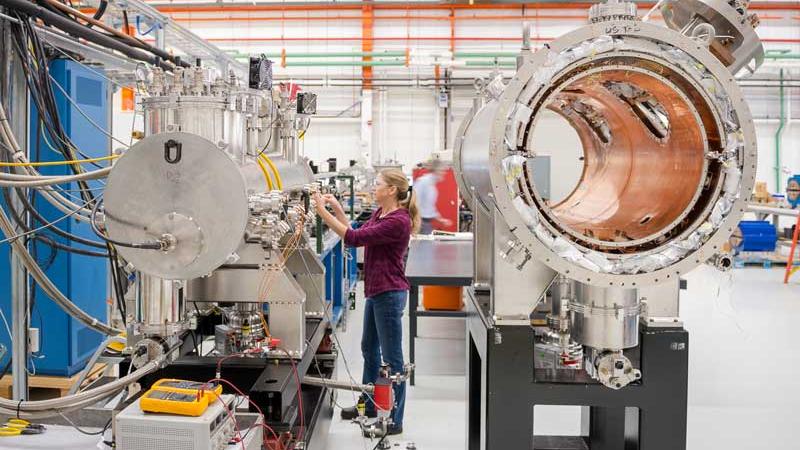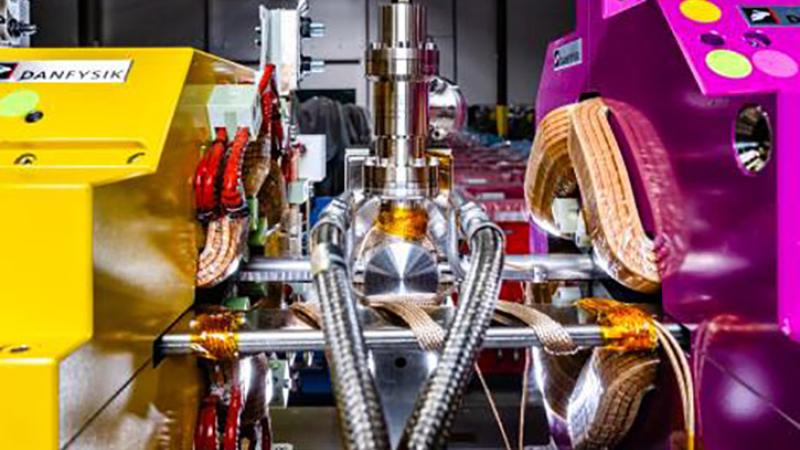APS PEOPLE & EVENTS
VanWingeren’s responsibility is especially important as stronger beamlines come online as part of the Advanced Photon Source Upgrade.
Bechtold helped prototype the original Advanced Photon Source (APS) and recently oversaw modular assembly for the APS Upgrade.
The Argonne engineer and physicist has overseen the construction of light sources around the globe.
Aug 10 2025 to Aug 15 2025
Aug 11 2025 to Aug 18 2025
Calgary, Canada
Sep 15 2025 to Sep 19 2025
Sep 20 2025 to Sep 26 2025
Sep 26 2025
SLAC National Accelerator Laboratory, Menlo Park, CA
11:00 a.m. Hybrid: 401/A1100 and Virtual
1:30 p.m. 401 A/1100 or TEAMS
11:00 a.m. Hybrid: 440/A105-A106 and Virtual

